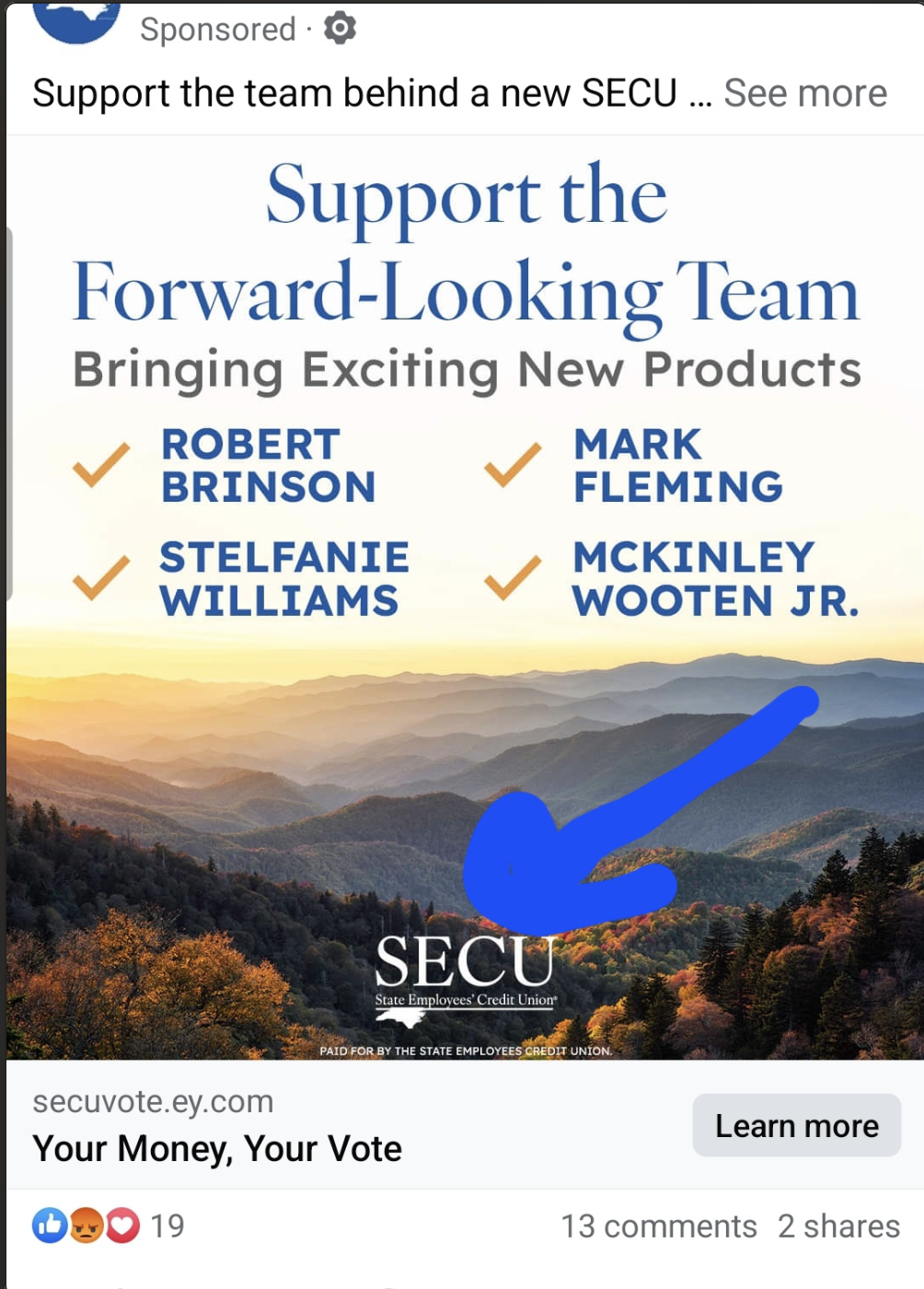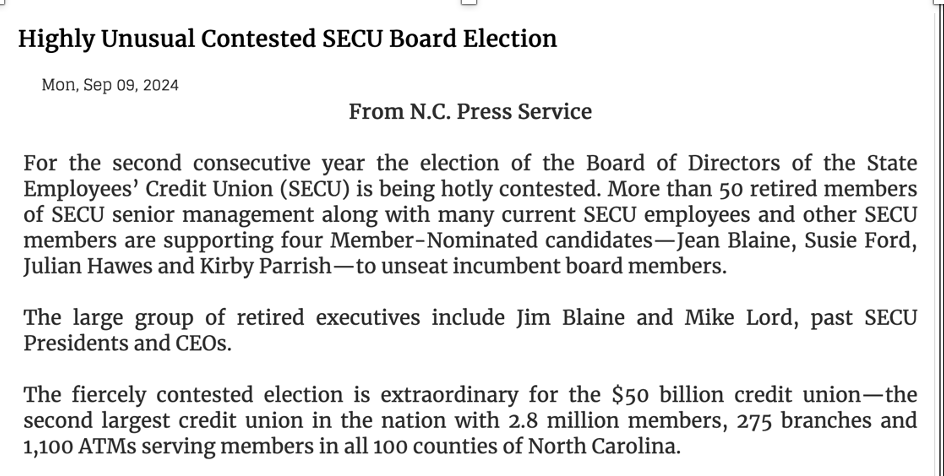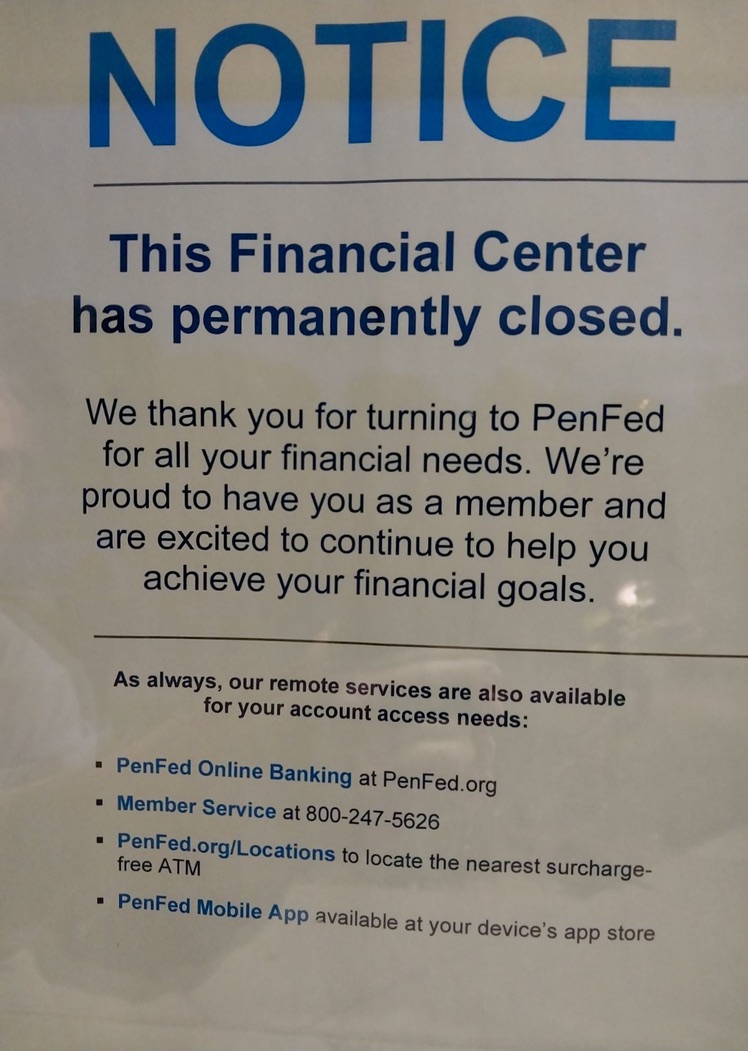(Text updated in PM of August 28 from initial posting)
Last week and approximately one year ago in 2023, two leaders announced their departure from senior positions of organizational responsibility.
CEO Susan Conjurski’s merger announcement was in the now familiar language of the required merger Member Notice. In this case there were two disclosures due to the simultaneous combinations of her dual oversight of both credit unions. Here is the wording from the first member Notice:
NCUA Regulations require merging credit unions to disclose certain increases in compensation that any of the Merging Credit Union’s officials. . . (who) have received or will receive in connection with the merger above a certain threshold. The following individuals are eligible to receive such compensation, which is reasonable and commonplace in the financial services industry:
Susan Conjurski, President/CEO
- Ms. Conjurski will continue employment as the Continuing Credit Union’s Vice President of Strategic Initiatives under a five-year employment agreement and will be eligible to receive a one-time retention bonus of (gross) $14,000 (less lawful deductions) if she remains with the Continuing Credit Union for at least 6 months after critical post-merger information technology systems integration.
- Ms. Conjurski, President/CEO of Printing Industries Credit Union, serves simultaneously as the President/CEO of both Printing Industries Credit Union and Pacific Transportation Federal Credit Union. The members of Pacific Transportation Federal Credit Union are also voting on a merger with Credit Union of Southern California. Ms. Conjurski does not have a supplemental retirement plan with either Credit Union. To reward her meritorious service and to retain her services going forward, as part of our Credit Union’s merger, Ms. Conjurski will receive a Supplemental Executive Retirement Plan (SERP) with a maximum of $300,000 after five years of employment with Credit Union of Southern California.
While not connected to this merger, Ms. Conjurski will receive a SERP in connection with the merger of Pacific Transportation Federal Credit Union and Credit Union of Southern California with a maximum of $700,000 after five years of employment with Credit Union of Southern California. Ms. Conjurski would be eligible for a reduced benefit if her employment is terminated for Total Disability and she would forfeit benefits if she voluntarily resigns or is terminated for cause before reaching the final vesting date in 2028.
- The total maximum potential amount Ms. Conjurski will be eligible to receive in connection with this Merger is (gross) $314,000 (approximately $188,400 after taxes assuming a 40% tax rate). After taxes, this equates to approximately $885 for each month of service from Ms. Conjurski’s first day of service with Printing Industries in July 2020, to the end of the plan, thereby recognizing Ms. Conjurski’s combined 17 years of meritorious service to the combined credit unions.
Prior to these concurrent CEO roles, Conjurski had been Executive Vice at Arrowhead Credit Union from 1979 – Jan 2009, 30 years and 1 month, where she presumably participated in their retirement benefit plans.
The Second Merger Notice
Following is the parallel disclosure required in the simultaneous merger of Pacific Transportation FCU:
“Ms. Conjurski will continue employment as the Continuing Credit Union’s Vice President of Strategic Initiatives under a five-year employment agreement and will be eligible to receive a one-time retention bonus of (gross) $8,000 (less lawful deductions) if she remains with the Continuing Credit Union for at least 6 months after critical post-merger information technology systems integration.
Ms. Conjurski, President/CEO of Pacific Transportation Federal Credit Union, serves simultaneously as the President/CEO of both Pacific Transportation Federal Credit Union and Printing Industries Credit Union. The members of Printing Industries Credit Union are also voting on a merger with Credit Union of Southern California. Ms. Conjurski does not have a supplemental retirement plan with either Credit Union. To reward her meritorious service and to retain her services going forward, as part of our Credit Union’s merger, Ms. Conjurski will receive a Supplemental Executive Retirement Plan (SERP) with a maximum of $700,000 after five years of employment with Credit Union of Southern California. . .
The total maximum potential amount Ms. Conjurski will be eligible to receive in connection with this Merger is (gross) $708,000 (approximately $424,800 after taxes assuming a 40% tax rate). After taxes, this equates to approximately $3,012 for each month of service from Ms. Conjurski’s first day of service with Union Pacific Federal Credit Union in July 2016 (Union Pacific FCU merged with Pacific Transportation in December 2019), to the end of the plan, thereby recognizing Ms. Conjurski’s combined approximately 12 years of meritorious service to the combined credit unions.”
The Financial Payments and Assets Transferred
In May 2023 the merger with Printing Industries was completed. Pacific Transportation FCU’s merger was finalized in September 2023, both with the Credit Union of Southern California (CUSoCal).
If the reported start dates as CEO are accurate, I calculate she served less than 3 years as CEO of Printing, and seven years at Pacific, for a total of ten years. The combined bonuses and SERP funding are $1.022 million. In addition she is given a guaranteed employment contract for five years at an undisclosed salary, presumably with ongoing benefits.
In return for this payment and five year salary, CuSoCal gains $97 million in assets ($67 million in loans), 11,000 members an $15.2 million in net worth. This free capital transfer is after the Pacific members received a special dividend not to exceed $2.2 million. The $1.022 million and five year salary are a small fraction of the real financial value transferred to the Credit Union of Southern California.
NCUA’s Western Region Director Retires After 37 Years at NCUA
In last week’s retirement announcement, NCUA summarized Regional Director Cherie Freed’s nearly four decades of service.
After serving as an examiner, Freed took the position as a problem case officer in 1991 and later became a corporate examiner. Freed then became associate regional director for the Western Region before being selected as regional director in 2016.
Chairman Harper commented: “Cherie’s dedication to public service and the NCUA has been nothing short of exemplary. . . She excelled at building internal and external coalitions, she was passionate about meeting organizational goals and customer expectations, and she produced results at the highest level. Cherie has exhibited sustained excellence throughout her career, inspired others, and made innumerable contributions to the NCUA.”
What Unites These Two Leadership Resignations
What is left out of NCUA’s description of Freed’s 37-year career is any specific involvements with credit union events or contributions as she progressed up the listing of increased responsibilities.
There were significant industry and financial events during her regulatory roles. When she joined the agency in 1987, NCUA insured 14,520 natural person credit unions. The corporate network numbered 39 federally insured corporate credit unions.
Today there are just over 4,600 credit unions a decline of over 10,000. NCUA’s liquidity lender, the CLF, is dormant. New charters are as scarce as hen’s teeth.
In that first year when Freed joined NCUA, the S&L industry still had its own insurance fund, the FSLIC, overseen by its own federal regulator, the Office of Thrift Supervision. The system’s liquidity lender, the FHLB, predominantly served the S&L’s, even though it had been expanded to include other financial real estate lenders.
Today the separate S&L system no longer exists. All of the remaining 556 “Savings Institutions” with total assets of $1.2 trillion are FDIC insured. Their regulation is divided between the FDIC, the OCC and the Federal Reserve.
Both persons in the NCUA announcements above began their final leadership roles in California about the same time 2016-17. By rule, Freed oversaw the two mergers and payouts described in the Member Notices above.
In both Member Notices there is misinformation, disinformation, irrelevant data and omission of vital facts–eg. the total dollar value of Conjurski’s new five year employment contract. The credit unions’ member-owners were ill-served by this required regulatory review and approval.
Losing the Cooperative Future
The coop industry, unlike the thrift sector is not consolidating because of safety and soundness concerns. Rather many of these mergers are driven by personal greed and ambition. Pacific Transportation FCU reported 21% capital at December 2022 prior to announcing its merger. Printing Industries’ net worth was 11%.
Conjurski’s windfall was not an isolated event under Freed’s administration. Another CEO negotiated a $1.0 million merger bonus. In a separate situation the Board Chair and CEO diverted $12 million of member equity to their recently established nonprofit. The intent was to use these members reserves to continue their veneer of public philanthropy even though they had given up all leadership positions.
The merger examples show that credit union leaders are not immune from the “animal spirits” at the heart of market capitalism. Cooperatives were supposed to be an alternative to the self-interest that drives “free enterprise.”
This disease of self-enrichment now infects the cooperative body. The regulators have failed to enforce their own merger rule. The NCUA board and senior staff board appear to lack either conviction and/or the courage to speak to this usurpation of the members’ collective wealth.
And the money being transferred has created a whole sponsoring eco-system of enablers including consultants, compensation advisors, former NCUA employees, accountants and lawyers who grease the paths and fill their own pockets.
The Increase in System Risk
The NCUA board and the regional administrators signing off on these events are mute about these examples of blatant self dealing. They pretend not to notice as these privately arranged deals are announced followed by the asset stripping of long- standing sound credit unions after the combinations are complete.
To see the increased risk, one need only ask whether the future of the cooperative system is likely to be more sound with ten credit unions in the $500 million to $1.5 billion asset range or one $10 billion credit union with a generic brand operating over multiple states and markets?
The answer I believe is obvious. If one doubts this, just revisit how the S&L system totally collapsed. It was not because of small institution failures. And the largest failures were all sold to banks.
Ultimately this pattern of corporate ambition could end up in the full conversion of the cooperative system to their exact opposite–for-profit banks. Why should credit union leaders buy banks at a premium when they can convert all this free reserves to private gain?
Freed oversaw and approved these self-dealing events firsthand. The irony of her 37 years of service is that in all likelihood her professional opportunity no longer exists for someone entering the agency today.
For in the next four decades, the trends are clear—there will not be an independent NCUA. Credit unions will have become too powerful, consolidated and independent in purpose for a separate agency to oversee what was intended to be a cooperative, member-focused tax-exempt system.
If a system can’t learn from its past and that of its financial brethren, it has no future.









